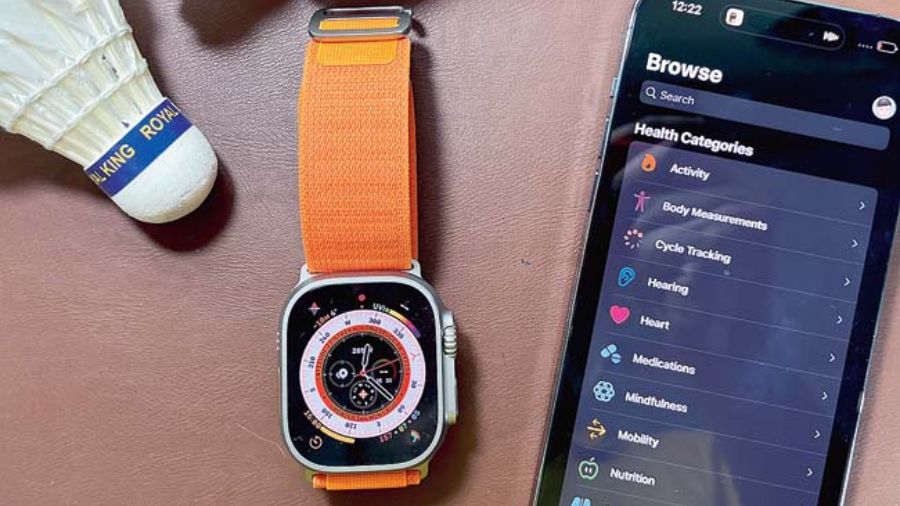Worldwide, heart disease and strokes are among the leading causes of death. Of course, regular exercising improves nearly every aspect of one’s health. A company that has been pointing people in the right direction by motivating us to exercise is Apple with its Watch series. It has been a great year for Apple as it has introduced three smartwatches — Apple Watch SE (2022), Apple Watch Series 8 and Apple Watch Ultra, the last one has the potential to be a game changer for anyone into endurance sports.
The Apple Watch is taking a similar trajectory as the iPhone, which encourages people to take photographs; with the Watch, wearers are encouraged to take fitness seriously. World Heart Day comes once a year (was on September 29) but it’s necessary to take heart health seriously through the year. Here we look at some of the features on the Apple Watch that can help you.
Few things to remember
Apple Watch highlights quite a few health-related parameters but serious health concerns need to be examined by doctors. Over time, Apple Watch has alerted users around the world of potential signs of atrial fibrillation (AFib), and helped many more establish everyday habits to keep their heart healthy over the long term. The company and its CEO Tim Cook receives letters from people around the world as to how the Apple Watch has helped them. To get the maximum out of the Apple Watch, dive into the Health app on the iPhone.

Use the Apple Watch with the Health app
Heart rate notifications
The Apple Watch continuously monitor unusually high or low heart rates in the background, which could be signs of a serious underlying condition. This could help users identify situations that may warrant further evaluation. If a user’s heart rate is above 120 bpm or below 40 bpm while they appear to have been inactive for 10 minutes, they will receive a notification. Users can adjust the threshold bpm or turn these notifications on or off.
Irregular rhythm notifications
It’s a very important feature that has saved many lives. The irregular rhythm notification feature on your Apple Watch will occasionally look at your heartbeat to check for an irregular rhythm that might be suggestive of atrial fibrillation (AFib). Irregular rhythm notifications use the optical heart sensor to detect the pulse wave at the wrist and look for variability in beat-to-beat intervals when the user is at rest. If the algorithm repeatedly detects an irregular rhythm suggestive of AFib, you will receive a notification and the date, time, and beat-to-beat heart rate will be recorded in the Health app. AFib is a type of irregular heart rhythm where the upper chambers of the heart beat out of sync with the lower chambers.
It’s important to remember that there are individuals with AFib who don’t experience any symptoms. Others experience symptoms that could include rapid heartbeat, palpitations, fatigue, or shortness of breath. In a clinical study using an FDA-cleared patch ECG as a reference device, the latest irregular rhythm notification feature demonstrated a sensitivity of 88.6 per cent and a detection specificity of 99.3 per cent.
ECG app
The ECG app uses the electrical heart sensor built into the Digital Crown and the back crystal to record a single-lead ECG. The ECG app then provides a result of sinus rhythm, atrial fibrillation, atrial fibrillation with high heart rate, inconclusive, or poor recording, and prompts the user to enter any symptoms such as rapid or pounding heartbeat, dizziness, or fatigue. The recorded data can be exported from the Health app as a PDF to share with a clinician. In a clinical study using a 12-lead ECG as a reference device, the ECG app demonstrated 99.3 per cent specificity in classifying sinus rhythm and 98.5 per cent sensitivity in classifying AFib for the classifiable results.
Cardio fitness
It offers an estimate of VO2 Max, or your body’s ability to intake oxygen during exercise. The American Heart Association recognises VO2 Max as a powerful predictor of overall health and Apple Watch can give you a scientifically validated estimate of VO2 Max, even at lower levels of exercise for insights on your overall wellness.
